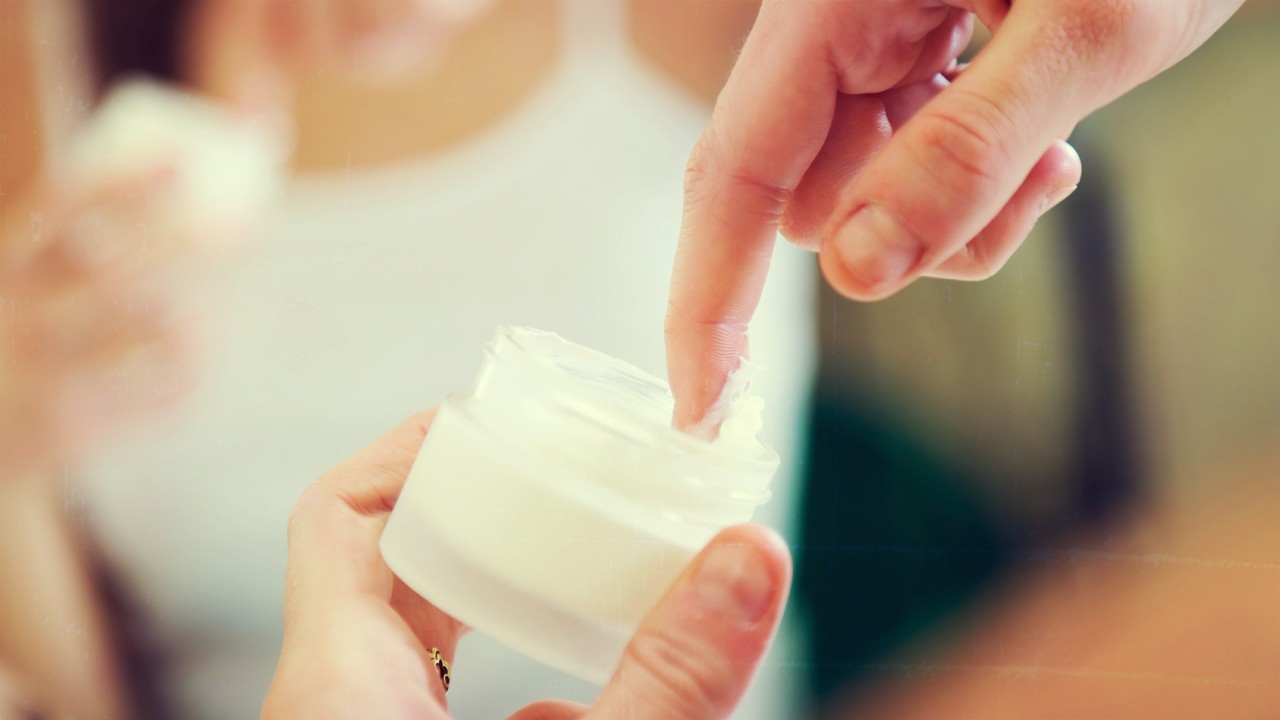As if it didn't seem challenging enough already to keep your skin looking young, here comes bad news from a Dutch team of plastic surgeons: women are more prone to wrinkling around the mouth than men. And it’s not just that women develop more lines and crevices, the team reported in the November/December issue of the Aesthetic Surgery Journal, the wrinkles women get tend to be deeper than those on male faces.
To test the perception that women have more and deeper wrinkles than men, the plastic surgeons examined both surface skin and full-thickness sections from the upper lip area of male and female cadavers. Physiological differences they discovered that may contribute to more profound wrinkling in women include:
- Women have fewer sweat glands and sebaceous (oil secreting) glands around the mouth than men do. This could mean the skin is less well supported from under the surface and therefore more prone to sinking into fissures.
- There are fewer blood vessels in the skin surrounding female mouths. It’s possible that reduced circulation contributes to wrinkling.
- Women’s muscle fibers around the mouth tend to be more closely attached to the skin. This close connection could pull the skin inward and cause more and deeper wrinkles.
Wrinkles around the mouth—perioral wrinkles, in medical terms—are some of the most difficult to treat. Current options include botulinum injections (like Botox and Dysport) for wrinkles that are created by repeated muscle movement. For wrinkles caused by skin sinking into crevices, a dermal filler like Restylane or Juvederm is often the choice. For refreshing the skin’s surface, treatments with lasers, dermabrasion or a chemical peel are tried and true standbys.
For most women, these methods do make a difference. But the plastic surgeons who performed the study, led by Dr. Emma C. Paes of the department of Plastic, Reconstructive and Hand Surgery at the University Medical Center in Utrecht, Netherlands, believe that current treatments are often not effective enough.
As Dr. Paes noted, when currently available solutions do not bring about satisfying results, sometimes it makes sense to go back to the drawing board rather than continuing development. She believes that with a better understanding of the mechanisms behind perioral wrinkles, researchers can hope to discover more effective treatments more quickly.






Add a CommentComments
There are no comments yet. Be the first one and get the conversation started!